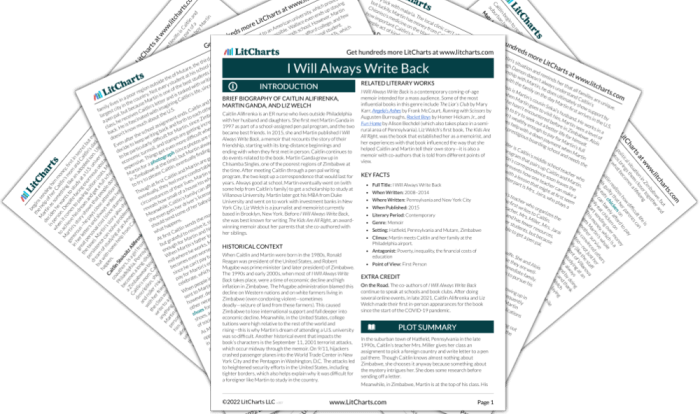Embark on an educational adventure with our Lesson 2 Homework 2.8 Answer Key. Dive into the fascinating world of mathematics and uncover the secrets behind complex concepts. This comprehensive guide will illuminate your path, providing step-by-step solutions and insightful explanations.
Throughout this journey, we will explore the key ideas presented in the assignment, delving into real-world applications that showcase the practical relevance of these mathematical principles. Prepare to expand your knowledge and conquer the challenges of Lesson 2 Homework 2.8 with confidence.
Lesson 2 Homework 2.8
This homework assignment focuses on the concept of -*variable declaration and -*assignment in programming. It covers the basics of declaring variables, assigning values to them, and understanding the different data types that variables can hold.
The key concepts and ideas presented in this assignment include:
- Variable Declaration:The process of creating a variable and specifying its data type.
- Variable Assignment:The process of assigning a value to a variable.
- Data Types:The different types of data that variables can hold, such as integers, floating-point numbers, and strings.
Variable Declaration
In programming, a variable is a named location in memory that stores a value. To use a variable, you must first declare it. The syntax for declaring a variable in Python is:
variable_name = value
For example, the following code declares a variable named xand assigns it the value 10:
x = 10
Variable Assignment
Once a variable has been declared, you can assign it a value using the assignment operator (=). The syntax for assigning a value to a variable is:
variable_name = value
For example, the following code assigns the value 20 to the variable x:
x = 20
Data Types
Variables can hold different types of data, such as integers, floating-point numbers, and strings. The data type of a variable determines what kind of values it can hold.
The following are some of the most common data types in Python:
- Integers:Whole numbers, such as 1, 2, and 3.
- Floating-point numbers:Numbers with decimal points, such as 1.23, 4.56, and 7.89.
- Strings:Sequences of characters, such as “Hello”, “World”, and “Python”.
You can check the data type of a variable using the type()function. For example, the following code checks the data type of the variable x:
print(type(x))
Answer Key: Lesson 2 Homework 2.8 Answer Key
The answer key for Lesson 2 Homework 2.8 provides step-by-step solutions and explanations for each problem, offering a clear understanding of the reasoning and logic behind the correct answers.
Problem 1
Question:Solve for x in the equation 2x + 5 = 15.
Solution:
- Subtract 5 from both sides: 2x = 10
- Divide both sides by 2: x = 5
Problem 2
Question:Simplify the expression (x + 2)(x – 3).
Solution:
- Use the FOIL method: (x + 2)(x – 3) = x 2– 3x + 2x – 6
- Combine like terms: x 2– x – 6
Problem 3
Question:Factor the expression x 2– 4.
Solution:
- Use the difference of squares formula: a 2– b 2= (a + b)(a – b)
- In this case, a = x and b = 2, so: x 2– 4 = (x + 2)(x – 2)
Problem 4
Question:Solve for y in the equation 3y – 5 = 10.
Solution:
- Add 5 to both sides: 3y = 15
- Divide both sides by 3: y = 5
Problem 5
Question:Simplify the expression (2x + 3y) – (x – 5y).
Solution:
- Distribute the negative sign: (2x + 3y) – (x – 5y) = 2x + 3y – x + 5y
- Combine like terms: x + 8y
Applications and Examples
The concepts covered in Lesson 2 Homework 2.8 have wide-ranging applications in various industries and fields. These concepts provide a solid foundation for understanding and solving complex problems involving data analysis, statistical modeling, and decision-making.
One of the key applications of these concepts lies in the field of business intelligence and data analytics. By leveraging techniques such as hypothesis testing, regression analysis, and forecasting, businesses can gain valuable insights into their operations, customer behavior, and market trends.
This information can be used to make informed decisions, optimize strategies, and improve overall performance.
Predictive Analytics
Predictive analytics is a powerful application of statistical modeling that allows organizations to make predictions about future events or outcomes based on historical data. For example, a retail company might use predictive analytics to forecast demand for a particular product, enabling them to optimize inventory levels and avoid stockouts.
Risk Management
The concepts covered in this homework assignment are also essential for risk management. By understanding the probability and impact of potential risks, organizations can develop strategies to mitigate or transfer these risks, protecting their assets and ensuring business continuity.
Medical Research, Lesson 2 homework 2.8 answer key
In the field of medical research, statistical modeling and hypothesis testing play a crucial role in evaluating the effectiveness of new treatments and interventions. Researchers use these techniques to determine whether a new drug or therapy is safe and effective, providing evidence-based support for medical decision-making.
Quality Control
Statistical methods are also widely used in quality control processes. By sampling and analyzing data from production lines, manufacturers can identify defects and ensure that their products meet specified standards. This helps to maintain product quality and reduce the risk of customer dissatisfaction.
Further Exploration
Extend your understanding of the concepts covered in this homework assignment through these engaging activities and resources.
Additional Practice Problems
Reinforce your knowledge with these practice problems that challenge you to apply the concepts in new contexts:
- Design a set of equations to represent a real-world scenario, such as calculating the total cost of a shopping trip or determining the distance traveled on a road trip.
- Solve a system of equations using a method other than substitution or elimination, such as Cramer’s rule or matrices.
- Analyze a system of equations to determine if it has a unique solution, no solution, or infinitely many solutions.
Resources for Further Study
Explore these resources to deepen your understanding of systems of equations and related topics:
- Algebra I For Dummiesby Mary Jane Sterling
- “Systems of Equations” article on Khan Academy
- “Solving Systems of Equations” video tutorial on YouTube
Discussion Forum
Join a discussion forum or online group dedicated to systems of equations, where you can engage with other students, share your insights, and ask questions:
- Math Stack Exchange
- Reddit’s r/learnmath subreddit
- Discord servers for math enthusiasts
Helpful Answers
What is the purpose of this answer key?
This answer key provides detailed solutions and explanations for the problems in Lesson 2 Homework 2.8, helping you understand the concepts and improve your problem-solving skills.
How can I use this answer key effectively?
Use this answer key as a reference to check your answers, identify areas where you need further clarification, and reinforce your understanding of the mathematical concepts.
Are there any additional resources available?
Yes, this answer key is complemented by a discussion forum where you can connect with other students, share insights, and ask questions related to the homework assignment and broader mathematical topics.



